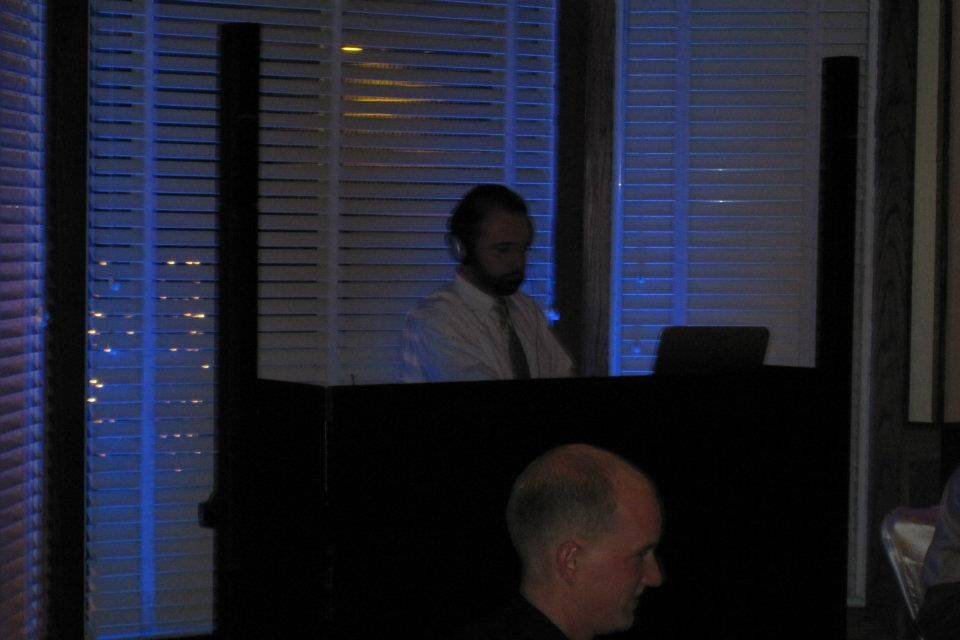Revolutionizing Engagement Via the Effortless Fusion of Digital Experiences and In-Person Engagements in Hybrid Events
Revolutionizing Engagement Via the Effortless Fusion of Digital Experiences and In-Person Engagements in Hybrid Events
Blog Article
Blended gatherings are becoming increasingly popular as they merge the best elements of both physical and virtual experiences. This creative approach allows attendees to engage with material and each other in ways that were not feasible previously. By incorporating virtual technology into these gatherings, planners can create immersive encounters that boost involvement and interaction. This smooth fusion of virtual and physical components can lead to more meaningful relationships among participants, whether they are present in person or participating virtually.
One of the key advantages of using virtual reality in blended events is the capability to create a shared space for all attendees. In a conventional setting, in-person participants might have access to specific events or experiences that remote participants cannot experience. However, with virtual reality, everyone can navigate the same digital space, regardless of their position. This technology allows for interactive displays, virtual networking chances, and even gamified encounters that can engage audiences. As a result, participants feel more involved and engaged, leading to a more fulfilling overall encounter.
Moreover, virtual technology can help overcome barriers that often exist in blended events. For example, virtual participants may feel disconnected or removed from the main gathering. By integrating VR, organizers can create a feeling of presence that makes remote participants feel as if they are part of the action. This can be realized through features like digital representations, which allow participants to connect with one another in live. Such interactions can foster cooperation and connecting, making it easier for individuals to engage and exchange ideas, regardless of their geographical location.
In furthermore to improving engagement, the use of virtual reality in hybrid events can also provide valuable data and insights for organizers. By tracking participant interactions and behaviors within the digital space, gathering organizers can collect staging for live broadcasts data on what elements of the event were most engaging. This data can be used to improve upcoming gatherings, ensuring that they satisfy the requirements and wants of participants. Understanding how participants interact with both the digital and physical elements can lead to more efficient event strategies and better overall experiences.
Finally, the combination of VR technology and physical interactions in blended events represents a significant shift in how we conduct gatherings and conferences. As innovation continues to advance, the capability for creating immersive and interactive experiences will only grow. By embracing this innovative model, event organizers can revolutionize the way individuals engage, educate, and collaborate. The future of hybrid events is bright, and the smooth integration of VR reality will play a key part in shaping that future.